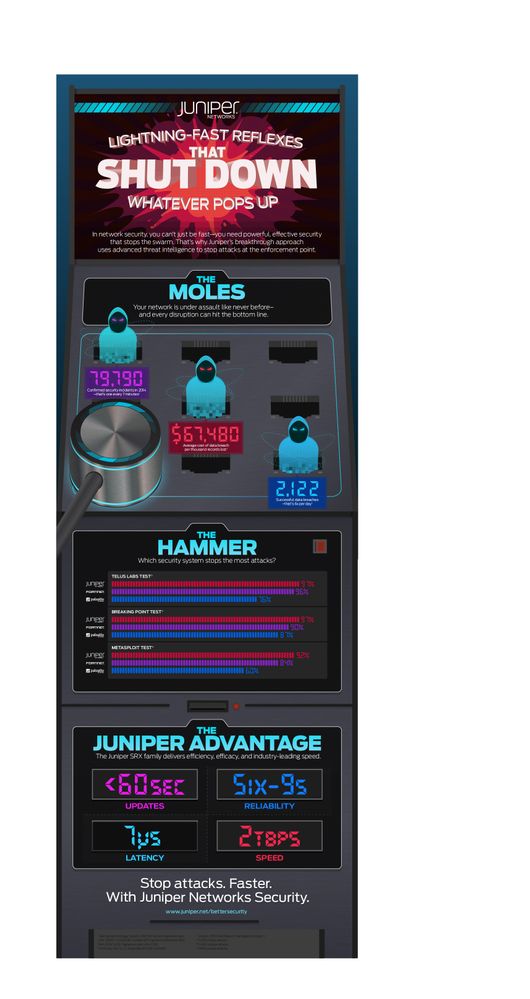Being a security professional these days may seem to some like a never ending game of Whack-a-Mole. Once one problem, vulnerability or intrusion is taken care of, it seems inevitable that another problem pops up that needs whacking into submission. The latest Verizon Data Breach Investigation Report noted that in 2014 they confirmed nearly 80,000 security incidents in 2014 (79,790 to be exact). That turns out to be one in every 7 minutes. And that only counts the incidents that are reported. Most likely there are thousands more that go unreported that never get logged.

The cost of those incidences can be pretty large as well. Verizon spends a lot of time figuring out what the cost of a data breach could be, sets up graphs and models to figure it all out. But that is a very tough thing to nail down. They discuss how it’s almost impossible to do so. For a wide rule of thumb, you could estimate that an average cost of a data breach per thousand records lost is approximately $67,480. Any way you slice it, that still is a very big number that security professionals must deal with. Having some sort of a number can help justify costs of spending on security infrastructure.
Unfortunately, hackers are being successful. Verizon notes that they counted 2,122 successful data breach attacks (for those counting, that’s six times per day). Again, that number shows attacks that were reported, and does not count unreported nor (even scarier) unaware/unknown successful attacks.
Yup it’s bad out there. Security professionals job is to minimize the risk of an attack and minimize the impact when attacked (notice I did not say “if”) to their company’s bottom line. Juniper ran a few in-house tests on our IPS along with a few competitors. We liked what we saw. We ran some publicly available vulnerability tests, namely Telus Labs, Breaking Point and MetaSploit. The test was not a speed test, but a simple “does the IPS block the vulnerability or does it not”? Juniper’s IPS looked great.
Lastly, Juniper high end models have recently hit top speeds of 2Tbps. That is crazy fast and king of the mountain at this point. Couple that with 7μ (Micro Seconds) of latency and Six-9’s of reliability, Juniper firewalls are delivering big numbers that can help with reducing the moles you have to whack.
We created a fun infographic poster that details results and the config used, as well as some of the stats I mentioned above. Take a look, download and enjoy. Stick it to your wall to show the world that security professional’s game is much more than just Whack-a-Hacker.